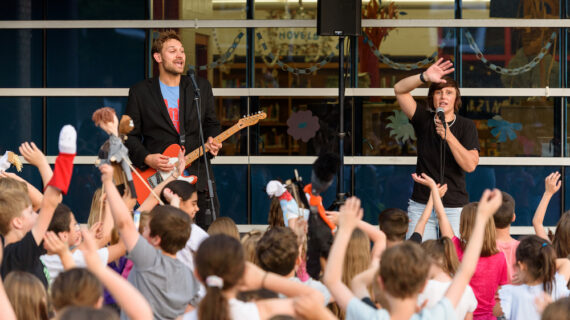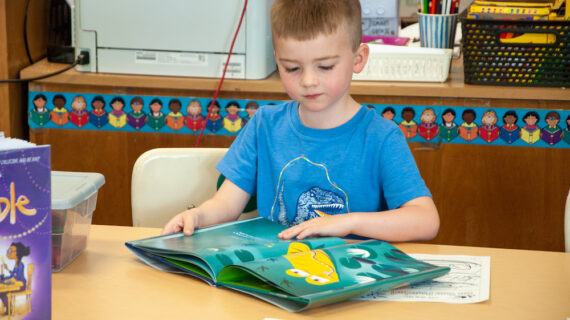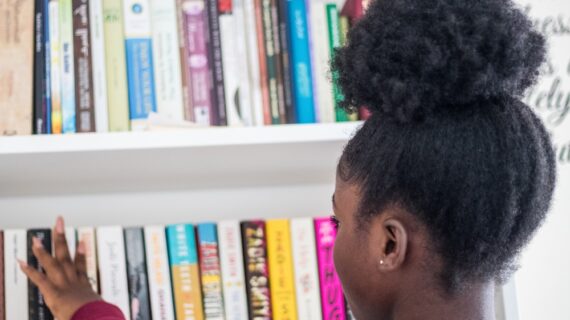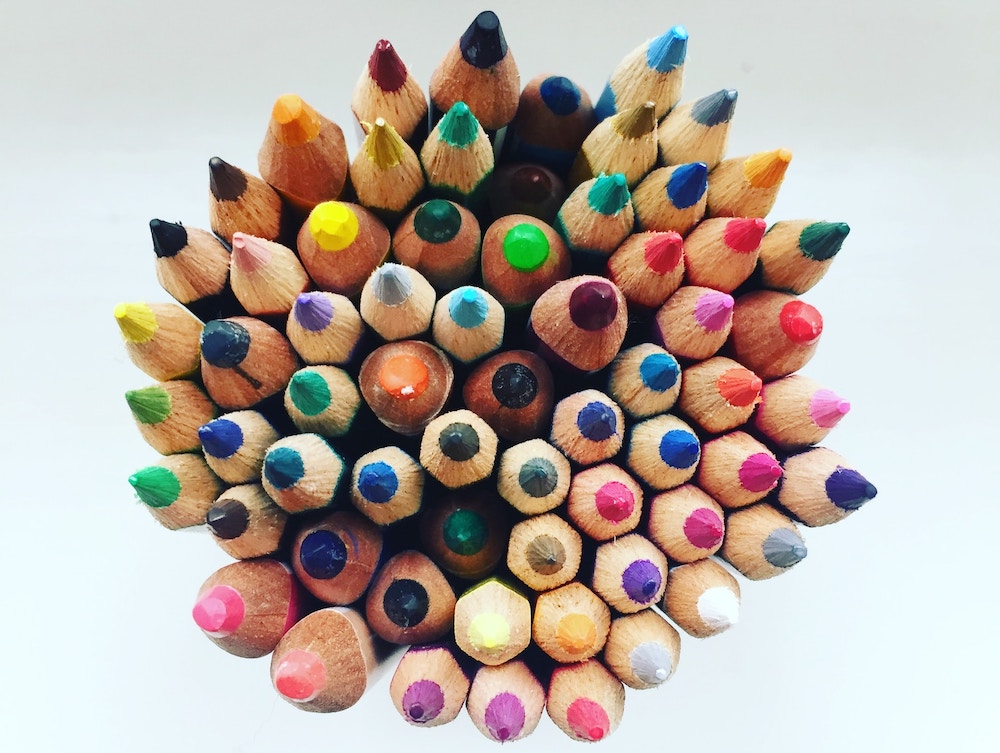
Thoughts from Mo Willems on sparking Pittsburgh kids’ creativity this summer
Ryan Rydzewski, co-author of When You Wonder, You’re Learning, interviews Mo Willems on creativity and how to encourage creativity for both parents and kids. Photo by Taru Huhkio via Unsplash.
Mo Willems fell in love with drawing as a child. It wasn’t long before he realized he’d like to spend his life doing it. At age 5, Willems tells Kidsburgh, he wrote a letter to “Peanuts” creator Charles Schultz asking “can I have your job when you’re dead?”
He didn’t end up taking over the drawing of Snoopy and Charlie Brown. But Willems has brought kids and parents hours of fun through books like “Don’t Let the Pigeon Drive the Bus!,” “Knuffle Bunny: A Cautionary Tale” and the Elephant & Piggie series.
His latest book, “Opposites Abstract,” is all about experiencing abstract artwork and asking questions about what we might discover.
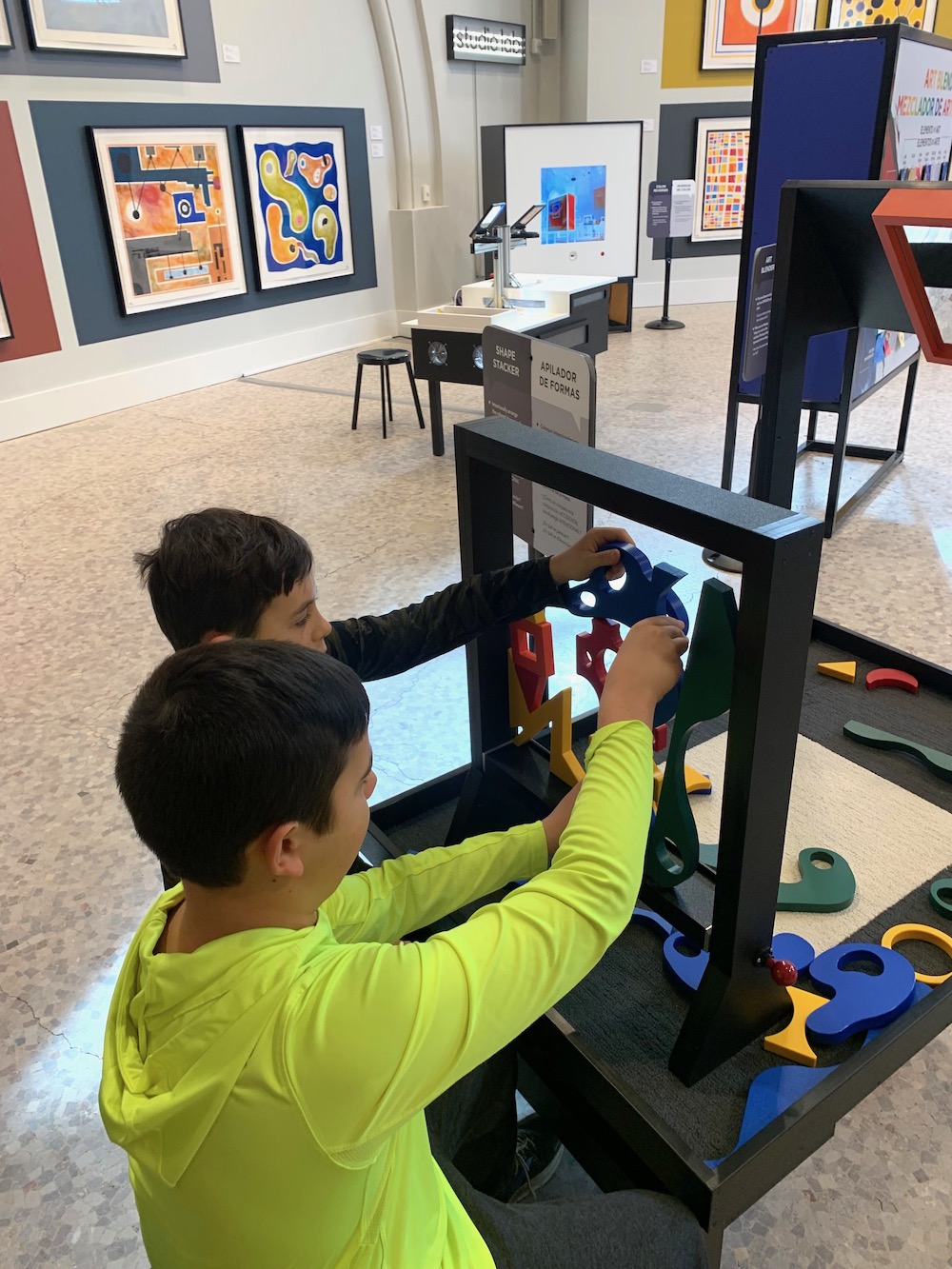
Throughout the spring and summer, Pittsburgh families have been exploring the world of “Opposites Abstract” at MuseumLab, where an interactive exhibit of Willem’s artwork is running through Sept. 3. Kids can play with three-dimensional building blocks, check out two-dimensional drawings with stencils, and see doodles transformed by technology. Large-scale paintings by Willems encircle the entire space.
The book and the exhibit leave plenty of space for kids to use their imaginations and do their own creating.
Willems’ bus-driving pigeon’s is simply a series of circles and a triangle, he says: “I just draw enough of it that it starts to look like a pigeon. But if you were to take one line away, you would no longer be able to register it as a cartoon character, and it would be an abstraction.”
So beyond reading the book, kids can take the next creative step by trying to draw the pigeon themselves and dream up characters of their own.
“Every book should be a spark to creativity,” Willems says. And kids are always welcome to start by doing their own versions of cartoons they love. His own early work, he says, grew partly from drawing in the style of British cartoonist Ronald Searle.
No matter the subject, “draw and draw and draw every day,” he advises, “particularly the days you don’t feel like it.”
Along with encouraging them to create, parents can help their kids stay in creating mode by having their own fun with artwork.
Plenty of 9-year-olds draw pictures and play basketball, Willems says. Within a few years, though, they stop drawing but keep on shooting baskets. His theory is that they stick with playing basketball because that’s something they see adults do.
“Grownups don’t draw for no other reason,” he says. “There are very few people who just draw for fun.”

When kids see adults creating for the fun of it — whether that means drawing pictures or making up stories or doing other kinds of art — it might just help them hold on to their love of taken pen (or pencil or crayon or paintbrush) to paper.
Willems and his son sometimes bring their notebooks to a local park “and we just sit and we sketch. He draws radically realistic, beautiful vistas and I draw funny little people who are walking by,” he says. “We’re not exhibiting those. We’re not doing anything with them. We are learning about ourselves and being together.:
Drawing at home can be wonderful, but getting out in the world can bring all kinds of inspiration. As a young man, Willems spent a year traveling. He drew one cartoon each day.
“I traveled in a way where you didn’t really need much money,” he remembers. “There’s this expression that it’s a small world after all. But if you imagine an abstract space that is four football fields wide by eight football fields long, the world is much bigger than that. It’s an immense place. There’s so much beauty to find.”
He did those daily drawings as a way to record his experiences and also to reflect on and ask questions about all that he was seeing and doing. All these years later, his work is still about asking questions, and that’s deliberate.
Because a question, Willems says, is often much more interesting than an answer.
Learn more about the “Opposites Abstract” exhibit, open through Sept. 3, right here.




